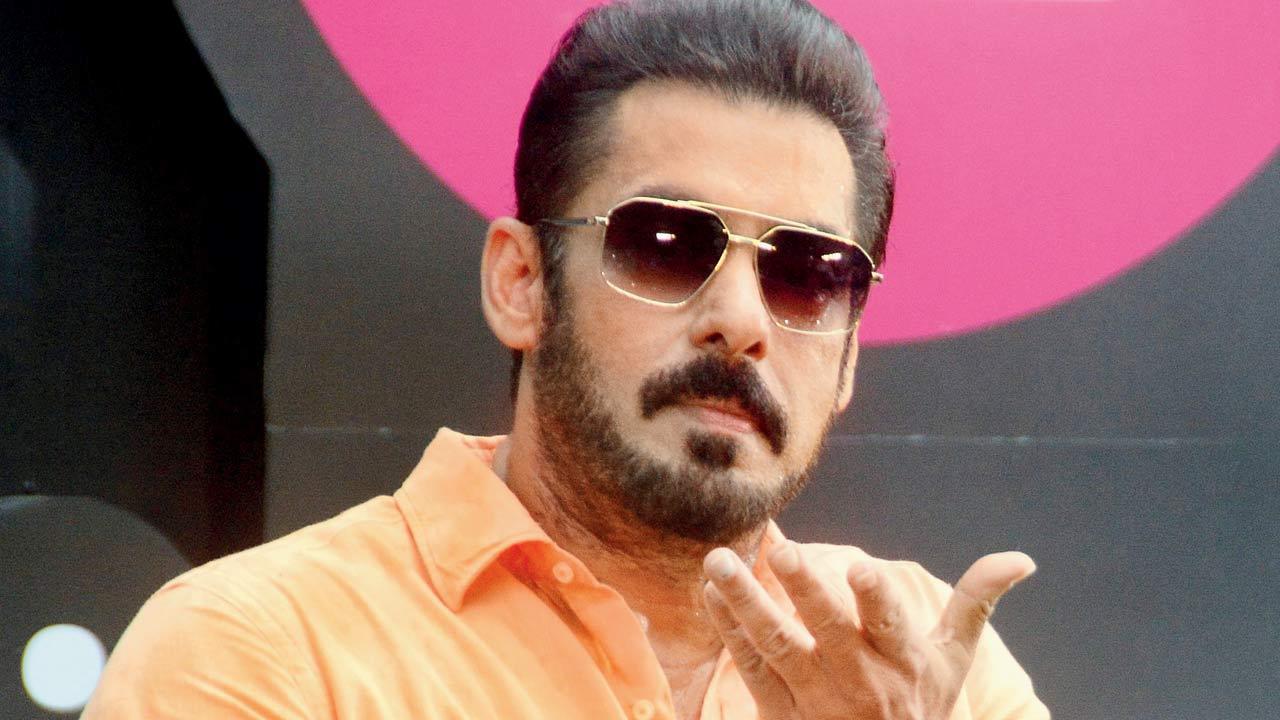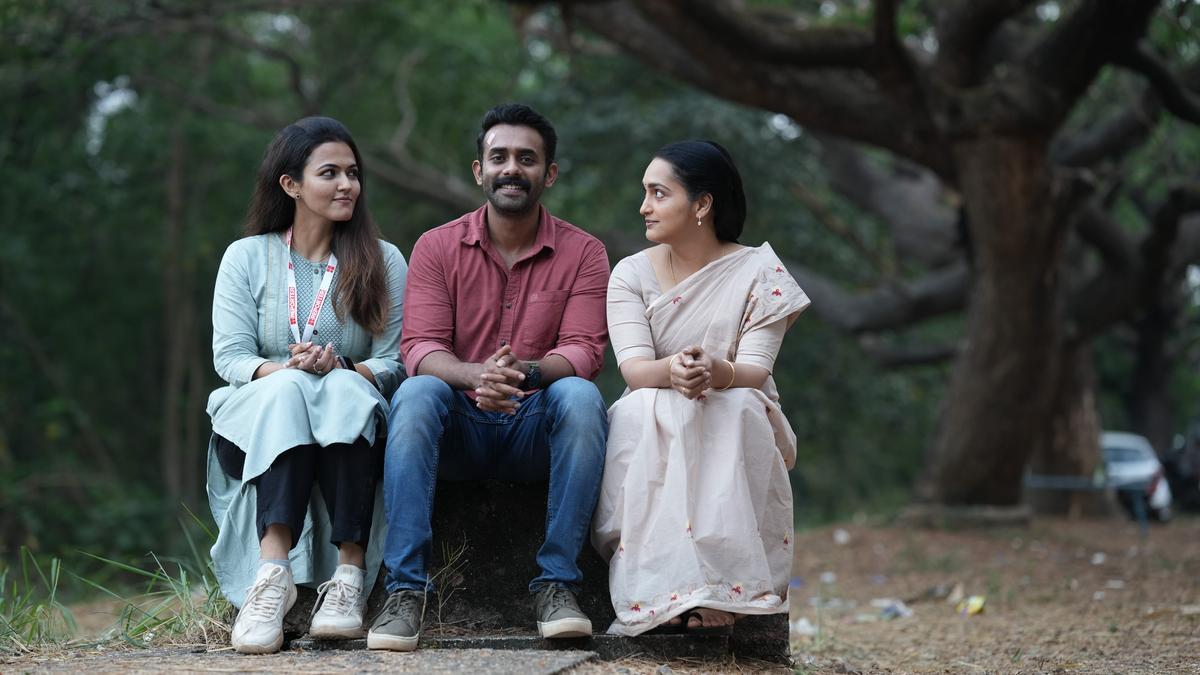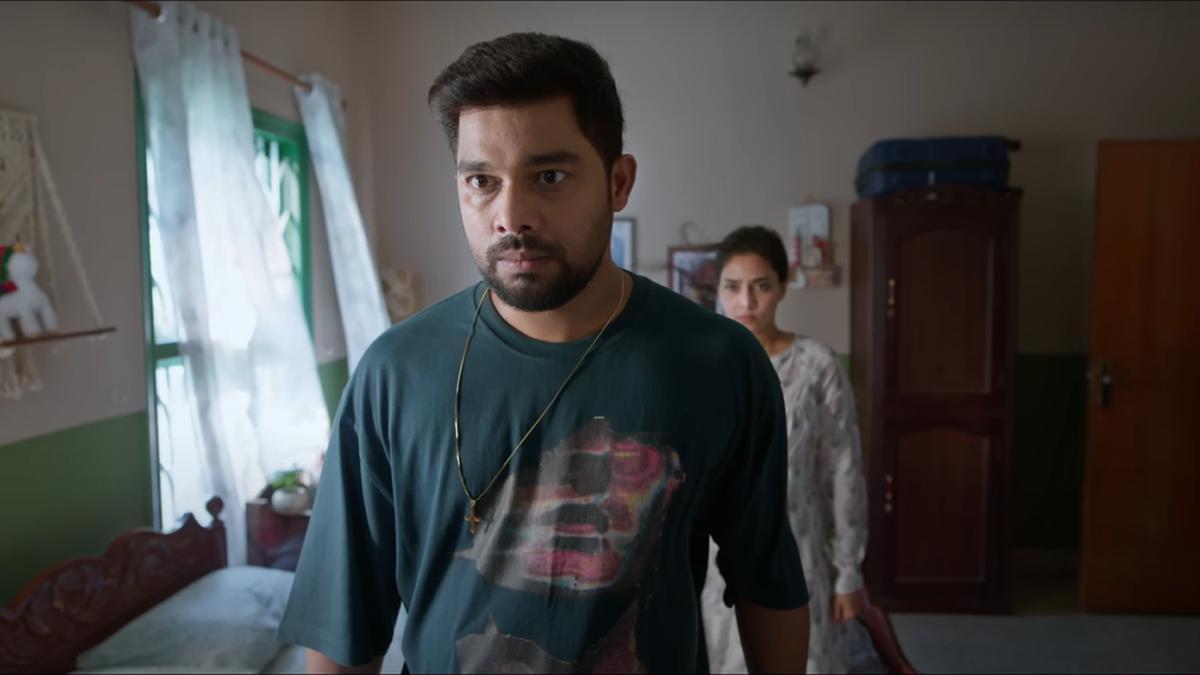
Thematic concerts have transformed the music-listening experience, and curators are perpetually seeking innovative ways to present music. At the forefront of these thematic concerts is Banyan Tree’s Barkha Ritu, a series that delves into the ancient connection between monsoon and music. This year, the celebrated series marked its 23rd edition, continuing its tradition of captivating audiences.
In Delhi, the festival commenced with a vocal jugalbandi by Shounak Abhisheki and Anand Bhate. Although the duo comes from different gharanas and possess distinct voice pitches, their cohesive performance was a testament to their synergy. Shounak, the son of Pt. Jitendra Abhisheki, carries forward a singing style amalgamating traits from various gharanas such as Agra and Jaipur. Renowned for his vast repertoire and legacy, Pt. Jitendra Abhisheki was also one of the most prolific teachers and composers.
Anand Bhate, a vocalist from the Kirana gharana, trained under the legendary Pt. Bhimsen Joshi. His intricate taans and superior breath control exemplify the unique features of his gharana. Together, Shounak and Anand offered a delightful and multi-layered musical experience, each bringing a distinct flavor to the performance.
The concert opened with Shounak’s rendition of raag Mian ki Malhar, a piece enriched by his exploration of unusual aspects of the raag, painting a comprehensive auditory picture. He performed a rare madhya laya composition ‘Sakhi kaase kahoon’ in Jhaptaal, composed by Pt. Ratnakant Ramnathkar ‘Premrang.’ Shounak’s evocative delivery allowed the audience to savor the raag’s full dimensions.
Following that, Shounak presented a Teen taal drut bandish, another seldom-heard piece composed by Pt. Sharad Chandra Arolkar. Starting unusually from the twelfth beat, which is typically seen in many instrumental compositions, he brought a fresh perspective.
. The antara’s lyrics ‘dharak dharak chateeya’ showcased gamak movements harmoniously echoed by Bharat Kamat’s tabla. Suyog Kundalkar on the harmonium ensured his play was unobtrusive during the raag delineation. Abhed Abhisheki, supporting as an accompanying vocalist, demonstrated his prowess, leaving a lasting impression despite a recital duration of less than 30 minutes.
Next, Anand Bhate took the stage with Surdasi Malhar, a composition attributed to saint-composer Surdas. Unlike Mian ki Malhar, Surdasi Malhar has a more devotional inclination, offering a distinct but equally beautiful flavor. Anand’s rendition of the slow, prolonged Ek taal composition highlighted the Kirana gharana’s traditional features.
In the drut Teen taal ‘Badarwa barasan,’ Anand’s performance was resplendent with breathtaking swaras. Suyog on the harmonium adeptly stepped in to enhance the musical experience. This 30-minute exposition was markedly different from Shounak’s approach, utilizing raga vidya to captivate listeners fully.
The two musicians, known for their abhangs, concluded the concert with the spirited ‘Abhir gulal,’ a piece tuned by Pt. Jitendra Abhisheki. This moving abhang never fails to uplift the audience’s spirit, culminating the vocal segment on a high note.
The evening continued with a performance by sitar maestro Shujaat Khan, who was accompanied by two young Delhi-based tabla artistes Shariq Mustafa and Zuheb Ahmed Khan. Shujaat Khan, opting to play raag Bihag instead of a Malhar, shared that monsoon-themed concerts often become monotonous focusing solely on Malhars. His Bihag rendition was both expansive and lyrical. In the jor section, Shujaat showcased rudra veena-inspired stroke work, complemented with a dhrupad-style tabla accompaniment. He revealed that his performance was inspired by rudra veena maestro Ustad Dabir Khan, whom he had admired since childhood.
Shujaat concluded his performance with Bhairavi, leaving the audience in a state of bliss. Overall, the Barkha Ritu festival once again succeeded in presenting monsoon-inspired melodies that resonate with the audience, making the music-listening experience profoundly enriching and innovative.










